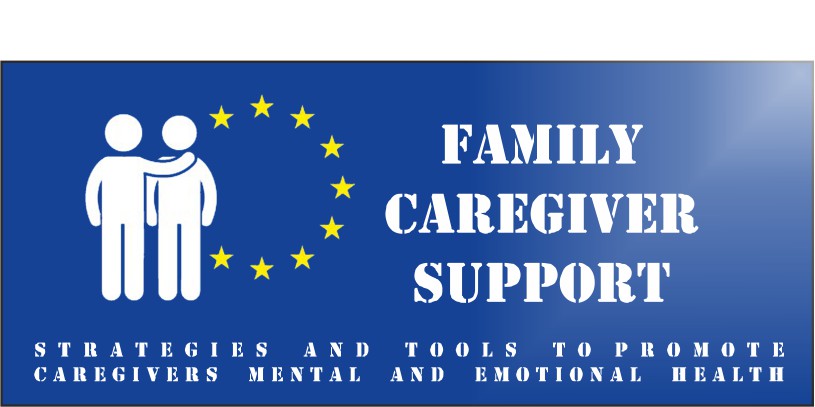Caring for a family member with COVID-19 at home
If you are caring for someone with COVID-19 at home, you must protect yourself and others. Here is some advice what to do when someone has symptoms of COVID-19 or when someone has been diagnosed with the virus.
You should also follow this information when you care for people who have tested positive but are not showing symptoms.
Older adults and people of any age with serious underlying medical conditions are at higher risk for developing more severe illness from COVID-19. People at higher risk of severe illness should call their doctor as soon as symptoms start.

Provide support!
Help cover basic needs!
Help the person who is sick follow their doctor’s instructions for care and medicine. For most people, symptoms last a few days, and people usually feel better after a week.
- Make sure the person who is sick drinks a lot of fluids and rests.
- Help them with grocery shopping, filling prescriptions, and getting other items they may need. Consider having the items delivered through a delivery service, if possible.
- Take care of their pet(s), and limit contact between the person who is sick and their pet(s) when possible.
Watch for warning signs!
Look for emergency warning signs for COVID-19. If someone is showing any of these signs, seek emergency medical care immediately:
- Trouble breathing
- Persistent pain or pressure in the chest
- New confusion
- Inability to wake or stay awake
- Bluish lips or face
Protect yourself!
COVID-19 spreads between people who are in close contact (within about 2 metres) through respiratory droplets, created when someone talks, coughs or sneezes. Staying away from others helps stop the spread of COVID-19.
The caregiver, when possible, should not be someone who is at higher risk for severe illness from COVID-19.
The sick person should separate themselves from others in the home. If possible, have the person who is sick use a separate bedroom and bathroom. If possible, have the person who is sick stay in their own “sick room” or area and away from others. Try to stay at least 2 metres away from the sick person.
Shared space: If you have to share space, make sure the room has good air flow. Open the window to increase air circulation. Improving ventilation helps remove respiratory droplets from the air.
Avoid having any unnecessary visitors, especially visits by people who are at higher risk for severe illness.
Eat in separate rooms or areas
- Stay separated: The person who is sick should eat (or be fed) in their room, if possible.
- Wash dishes and utensils using gloves and hot water: Handle any dishes, cups/glasses, or silverware used by the person who is sick with gloves. Wash them with soap and hot water or in a dishwasher.
- Clean hands after taking off gloves or handling used items.
- Avoid sharing personal items
- Do not share dishes, cups/glasses, silverware, towels, bedding, or electronics (like a mobile phone) with the person who is sick.
Wear a mask or gloves!
The person who is sick:
The person who is sick should wear a mask when they are around other people at home and out (including before they enter a doctor’s office).
The mask helps prevent a person who is sick from spreading the virus to others. It keeps respiratory droplets contained and from reaching other people.
Caregiver:
Put on a mask and ask the sick person to put on a mask before entering the room.
Wear gloves when you touch or have contact with the sick person’s blood, stool, or body fluids, such as saliva, mucus, vomit, and urine. Throw out gloves into a lined trash can and wash your hands immediately afterwards.
Practice everyday preventive actions to keep from getting sick: wash your hands often; avoid touching your eyes, nose, and mouth; and frequently clean and disinfect surfaces.
Track your own health!
Caregivers should stay home and monitor their health for COVID-19 symptoms while caring for the person who is sick.
Symptoms include fever, cough, and shortness of breath but other symptoms may be present as well. Trouble breathing is a more serious warning sign that you need medical attention.
Caregivers should continue to stay home after care is complete. Caregivers can leave their home 14 days after their last close contact with the person who is sick (based on the time it takes to develop illness), or 14 days after the person who is sick meets the criteria to end home isolation.
If you are having trouble breathing, call the medical emergency number!


